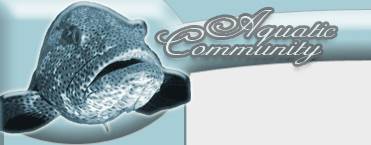Eastern Blue Bird
The Eastern blue bird is one of three Blue bird species, all native to the Americas. The Eastern blue bird(Sialia sialis), the Western blue bird (Sialia mexicana) and the Mountain blue bird (Sialia currucoides) are all members of the genus Sialia in the family Turdidae.
The Eastern blue bird is found in a large geographical region and inhabits several different types of habitat. Eastern blue bird populations are present in Canada, Saint-Pierre and Miquelon (a French overseas community near Newfoundland), the United States, Cuba, Mexico, Guatemala, Belize, El Salvador, Honduras and Nicaragua.
The coloration of adult Eastern blue birds varies between the sexes. The adult male Eastern blue bird displays a bright blue feathering on top and is decorated with a reddish brown feathering on throat and breast. The adult female Eastern blue bird has wings and tail of a duller blue shade, brownish throat and breast, and the back and crown are grey. The attractive coloration of the Eastern blue bird makes them easily recognizable and a favourite among birders. The male Eastern blue bird will produce a distinctive sound that sometimes contains soft warbles of “jeew” and “chir-wi”. There is also a melodious song described as “chiti WEEW wewidoo”.
The Eastern blue bird is a so called secondary cavity nester that likes abandoned woodpecker holes and other natural cavities. The bird is also known to frequently nest in man made cavities, such as nesting boxes and holes in rail fences. The Eastern blue bird will usually produce two broods a year in the northern parts of their range. Eastern blue birds living in the southern parts of the range can produce three broods. If the summer season in the north is unusually long and warm, it is not uncommon for the Eastern blue bird to produce three broads even in the North-Eastern United States.
The Eastern blue bird population declined dramatically in the United States during the 20th century and the situation became critical in the mid 1900s. The decline was caused by several contributing factors, including habitat loss, pesticides and nest predation by non-native bird species, particularly House Sparrows and European Starlings. Bird enthusiasts did however start to erect nesting boxes for the Eastern blue bird to promote the population. Close monitoring of the nests were necessary to prevent House Sparrows from occupying the nest boxes. The Eastern blue bird population has today begun to recuperate, but they are still rare in many parts of the United States. Since the Eastern blue bird population have increased, the Eastern blue bird is not included in the Convention on International Trade in Endangered Species of Wild Fauna and Flora (CITES) or protected by the U.S. Endangered Species Act.
The Eastern blue bird population in Bermuda may constitute a subspecies of Sialia sialis, but it has not been formally recognized as such. The Bermuda Eastern blue bird population suffered greatly in the 1940s when over 8 million Bermuda cedar trees were removed. Humans have also introduced Sparrows, Starlings and Kiskadees to Bermuda, which is a problem for the Bermuda Eastern blue bird because of widespread nest predation.
Bird articles:
Blue BirdBlue Bird House
